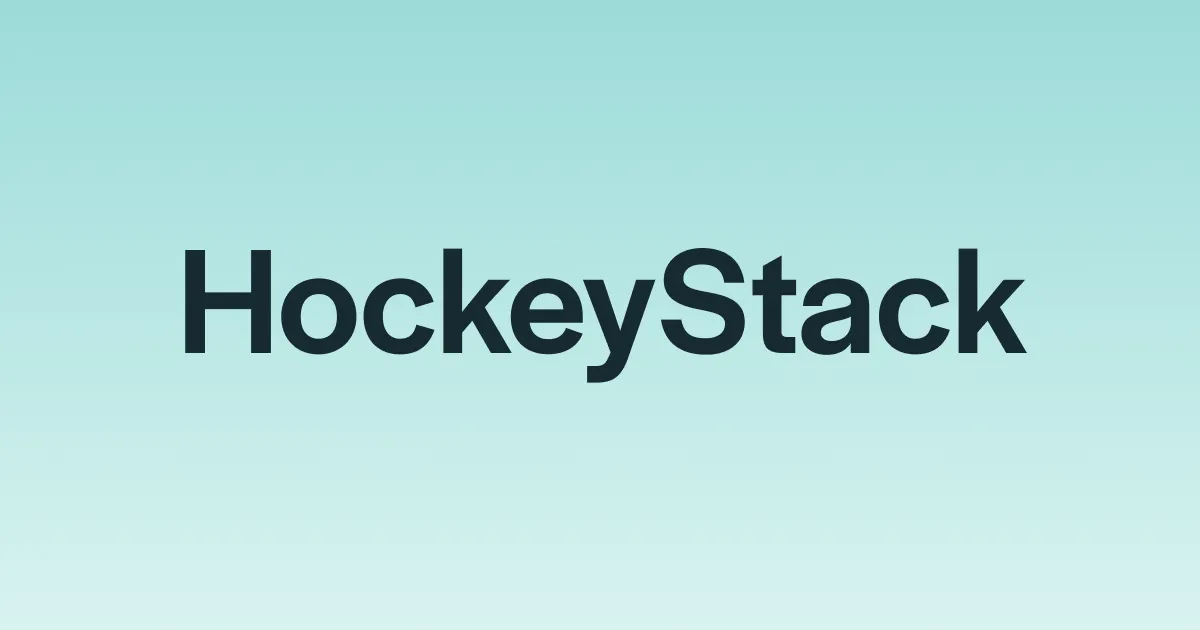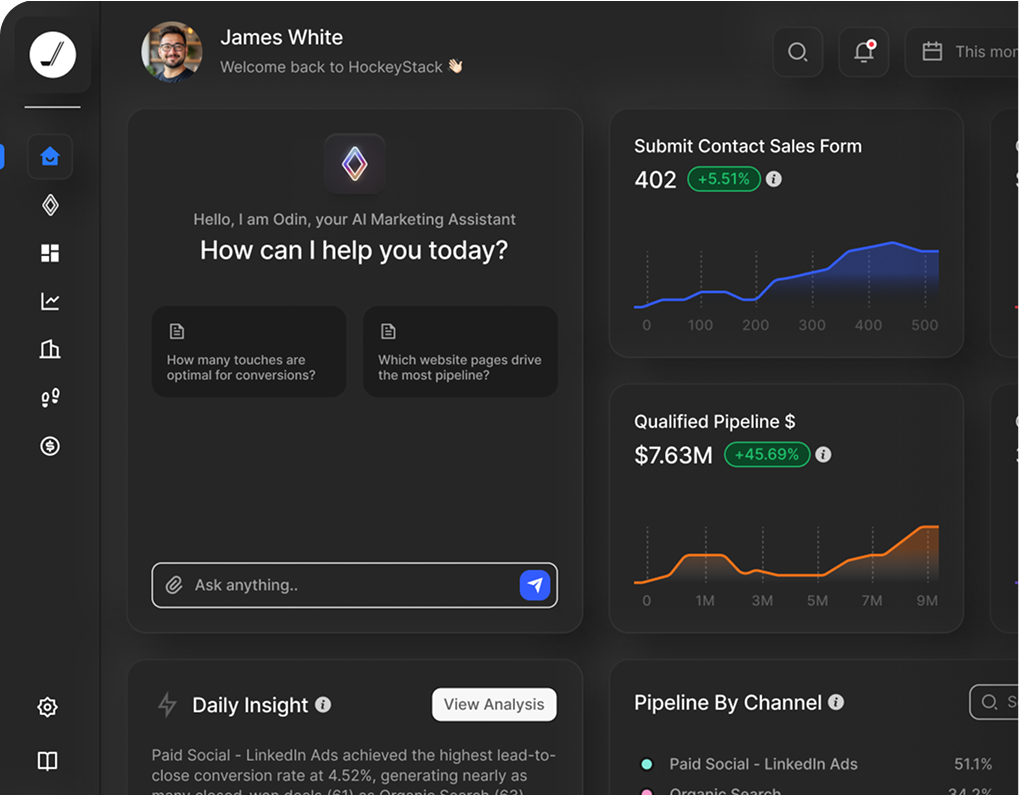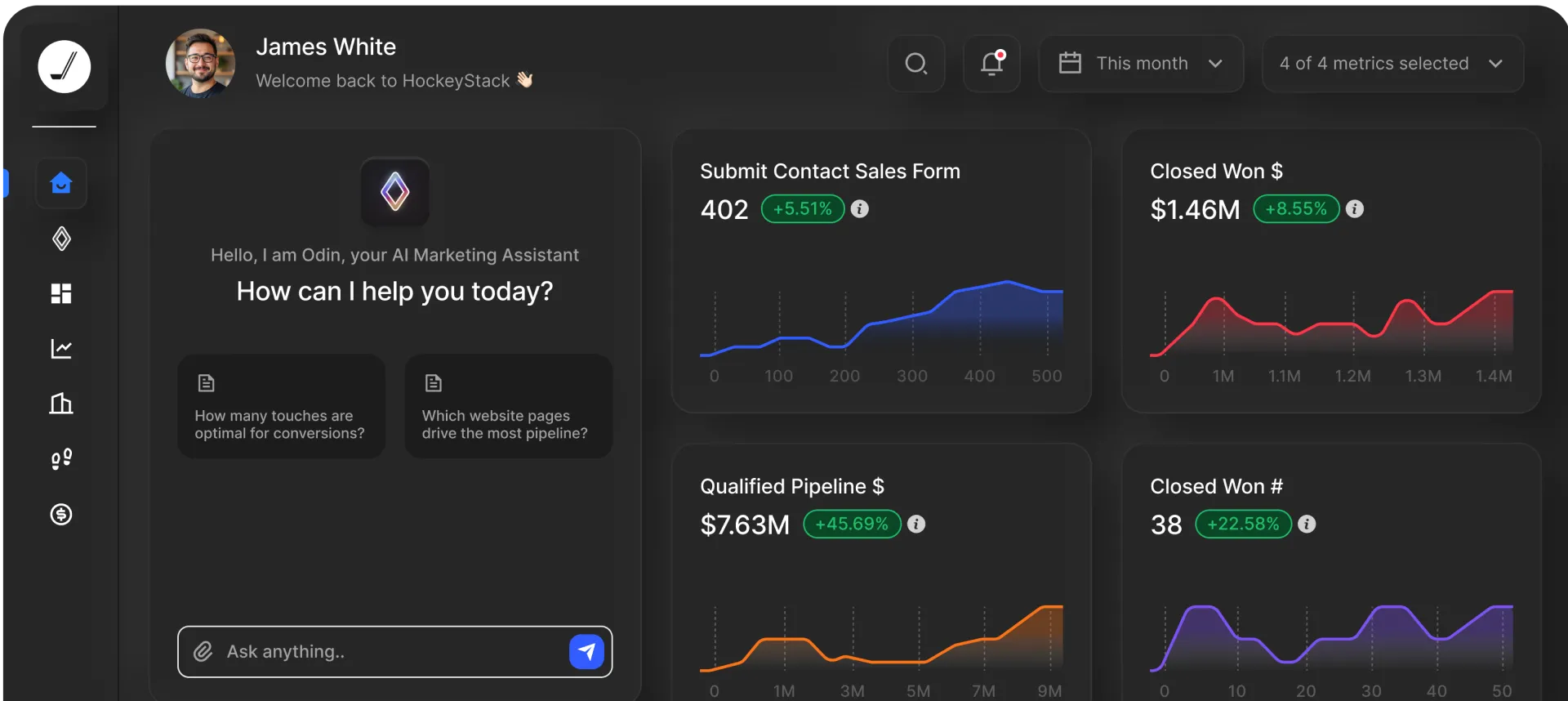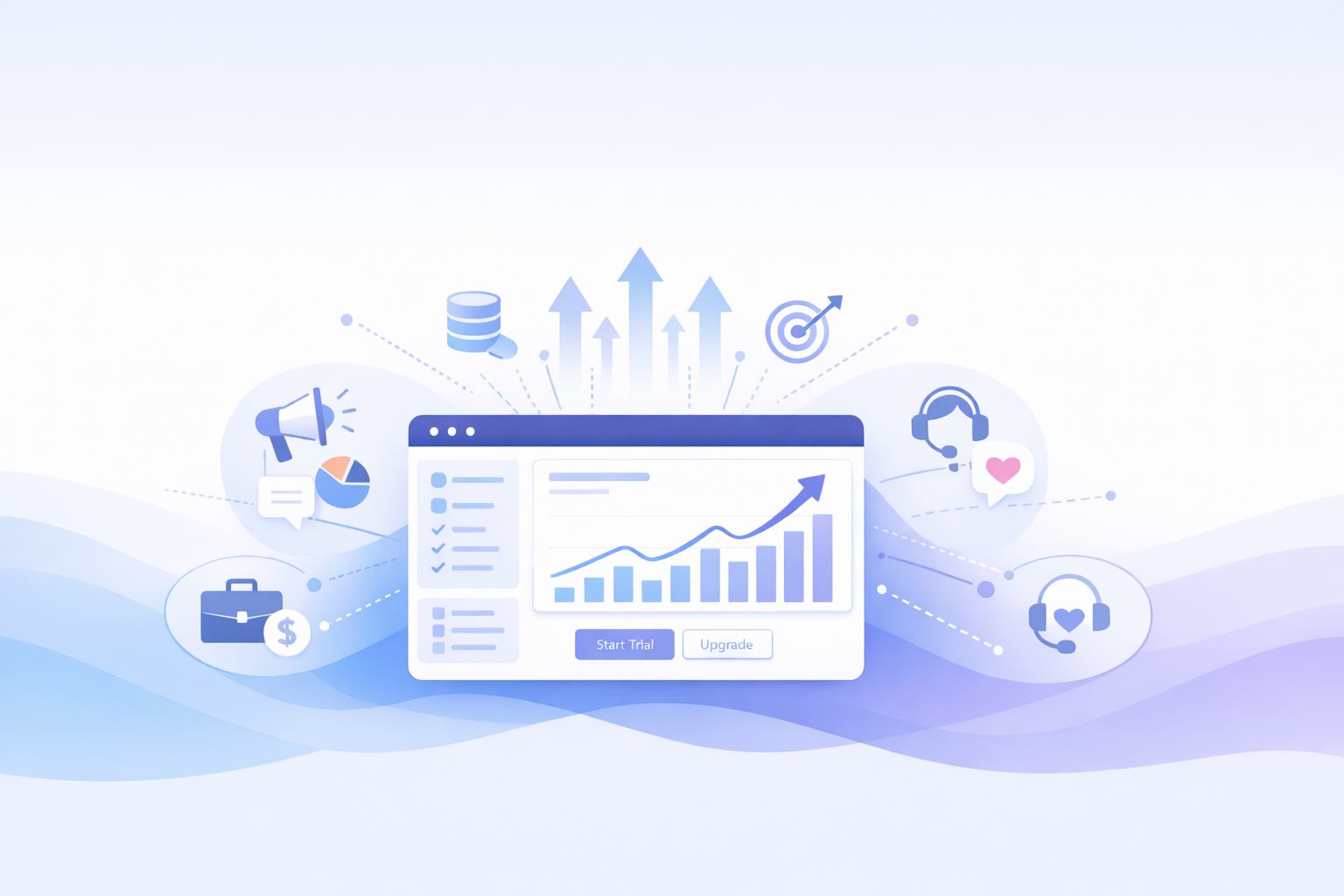Average Churn Rate by Industry

Average Churn Rate by Industry

Reducing churn is one of the top priorities of marketers, and for good reason. Decreasing customer churn by just 5% can increase profits by 25 to 95%. Not only that, but having a churn rate that's lower than your industry’s benchmark means that you can create loyal customers that don’t switch to competitors.
Unfortunately though, if you don’t know the right strategies, lowering churn can be quite challenging – especially with the increasing competition in industries like SaaS. So, as a SaaS company, you should know where you stand and how you can improve. This article will help you do exactly that by providing you with benchmarks and vital strategies.
What is the churn rate?
To improve a metric, you should first know what it means, what it measures, and how it’s calculated. This way, you can better understand the factors that cause it to fluctuate.
Your customer churn rate measures the number of users that stop doing business with your company in a given time period. You can also measure revenue churn, which shows you the amount of revenue your company has lost over time due to cancellations.
To calculate your monthly customer churn rate, you need to know the number of customers you have at the beginning and end of the time period. So, in case you’re looking to calculate the churn rate of a month, you’ll do this with the following formula:
[# of Users at the Beginning of the Month - # of Users at the End of it] / # of Users at the Beginning of the Month
If you wanted to know your monthly net revenue churn, however, more factors would be included in the calculation. These include the upsells and cross-sells of remaining customers, which are summed under your expansion MRR. The expansion MRR is then subtracted from your churned MRR. This includes cancellations, non-renewals and downgrades.
[Churned MRR - Expansion MRR] / MRR at the Beginning of the Month
For churn rates,the lower the better. And this claim isn’t groundless: there are several reasons why you should measure your churn rates and focus on keeping them low.
Why is calculating churn rate important?
Let’s take a look at some of the reasons why you should calculate churn rates:
Measures your company’s health
This reason is perhaps the most straightforward yet important one. If you want to stay afloat, you have to ensure that you have loyal customers. Otherwise, you’ll constantly be spending on acquiring new customers, who’ll churn in a month or two.
Retaining existing customers also means steady growth and revenue flow to your business. These loyal customers will keep paying for their subscriptions, so you can be sure that you’ll have some cash flowing in.
It’s a Key Performance Indicator (KPI)
In order to retain paying customers, companies invest in customer marketing. Customer marketing caters to existing users via excellent service, loyalty programs, personalized campaigns, and more. This way, you can increase retention and create advocates for your brand.
While effective, customer marketing requires effort and constant analysis of several metrics including your churn rate. By comparing your performance based on historic churn data, you can see if you’ve improved customer relationships.

Helps understand your Ideal Customer Profile (ICP)
A high churn rate may not only signal a bad customer marketing strategy, though. It may also mean that you’re not targeting the right customers in the first place.
But is there such a thing as a misfit customer? Yes: the people you’re targeting with your campaigns may not have the budget for your products or the features in your product may not be what they’re looking for.
Finding your company’s ideal customer profile takes some trial and error, and your business’s churn rate will tell you when you’ve acquired the customers looking for your products.
For all these reasons, all companies, especially those that are in the early stages of development, should keep an eye on their churn rates. Now while it's essential to be aware of alarmingly high churn rates, you need to have a benchmark that you can constantly compare your churn rate with.
What is a good churn rate for SaaS?
If you’re in the SaaS industry, your benchmark can be the median customer churn rate, which is 4.79%, according to the research done by Recurly. This means that the average SaaS company loses approximately 5 customers for every 100 customers.
The same research found that B2B SaaS companies have a lower median churn rate, 4.67%, compared to B2C SaaS companies, with a median churn rate of 5.06%. So, while comparing your rate, you should choose the median rate that corresponds to the type of SaaS company you are.
Note that these rates include both voluntary and involuntary churn. Voluntary churn is when customers knowingly cancel their subscriptions or stop doing business with companies. On the other hand, involuntary churn isn’t usually on purpose and is commonly due to payment issues. The median customer churn rate of all SaaS companies includes a voluntary churn rate of 3.73% and an involuntary churn rate of 1.06%.

So, in general, you should start working on your customer retention programs if you have a total churn rate above 5%. Remember though, this benchmark isn’t the same for all industries so it’s imperative to look at stats that are relevant to your business.
Average churn rate by industry
SaaS has a low median customer churn rate compared to other industries. The Media & Entertainment industry is a close second, with a median churn rate of 5.23%.
Rather than looking at the averages of each industry, it makes more sense to look at median values. This is because the high churn rates experienced by some companies may skew the average, giving you an inaccurate understanding of the regular company.

Churn rates are influenced by factors such as the price of services and the number of alternatives in an industry. For instance, industries that offer more expensive products may have lower churn rates, as customers take longer to settle on a product and have more reasons to stay with a particular brand.
So, is it impossible to lower your churn rate if you have cheaper products? Can you get your churn rate even lower than your industry’s benchmark? And most importantly, how do you keep it under the benchmark?
How do you keep the churn rate low?
Sadly, every company, including yours, will experience churn. There’s no way that all your customers will stay (unless you make it impossible for them to cancel their subscriptions, which is a terrible tactic used by some businesses).
Still, you can minimize the number of people that leave your business by using the strategies below.
Find the reasons behind customer churn
This may sound too straightforward to be included in this article, but churn analysis isn’t a one-step process that can be summarized in a sentence. To understand why customers churn, you should follow several steps.
- Analyze the churn rate of different customer segments. If you start by attracting prospects from your ideal customer profile, you lower the risks of losing uninterested users later. You can learn about your customer segments via analytics tools like HockeyStack, which shows you the MRR, expansions, and signups associated with different buyer personas.

- Identify the type of churn that’s happening. The problem may be related to your payment processor if you have involuntary churn. The reasons will be more diverse and complex if you're seeing voluntary churn.
- Listen to customer feedback. Customers often tell you the exact reason why they’re leaving via NPS, CSAT, and churn surveys. You can win users back by resolving their complaints.
When you know why customers churn, you will be able to resolve their issues before they decide to leave.
Educate your customers
One of the reasons why customers churn is that they are unable to understand the product. When users constantly look for how-to guides and repeatedly need to contact customer service, they eventually give up on your brand and start looking for more user-friendly alternatives.
To prevent this from happening, you should act in the onboarding stage. An effective onboarding sequence takes customers through your products’ key features and doesn’t leave them to figure out the technicalities themselves. You should continue with feature onboarding as your tools change so that your products stay user-friendly, have high feature adoption rates, and so prove their value to users.
When customers know how to use a product, they integrate it into their daily lives, and your tool eventually becomes indispensable to them.
Provide excellent customer service
Customers may have problems with your products and services even if they go through an excellent onboarding sequence. So, your customer service team should be available and easy to reach. This is especially important for customer retention since 80% of customers say they would switch to a competitor brand after more than one poor experience.

Focus on customer engagement
If customers engage with your tool and brand daily, they’re more likely to tolerate small mistakes. So how do you get customers to engage with your campaigns and programs? You can start by offering personalized experiences, which increase the likeliness of interactions. You can also create loyalty programs that reward your customers for staying with your brand for a long time.
From these four strategies, your biggest takeaway about churn should be this: provide good services, make customers’ lives easier and make them feel valued, and if you’re successful, you’ll minimize voluntary churn.
Can you have a negative churn rate?
What if you lower churn so much that it goes below zero? Is that possible?
The answer is yes if we’re talking about revenue churn. You can achieve net negative churn if your expansion MRR compensates for your churned MRR.
This happens when your existing customers purchase add-ons, upgrades, and cross-sells and generate revenue, which exceeds the revenue you had lost to canceled subscriptions.
Note that your expansion MRR does not include the revenue generated by new customers. So, if you acquire new customers during the month, you can’t include them in your net revenue churn calculation.
A negative churn rate is a good signal: it shows that your customer base is satisfied with your services and that existing customers can keep your business going even if you lose users monthly.
Conclusion
Churn may be inevitable, but it’s not hard to minimize if you know the reasons behind it. That’s why the median churn rate of SaaS companies is lower than 5%: many businesses have learned how to retain customers, and you can too. Analyze the reason behind your churn rate, implement the strategies above, and develop lasting relationships with your users. After that, you’ll achieve a solid customer base in no time.
FAQs
What is a good monthly churn rate? For SaaS, a good monthly churn rate is around 4.80%.
Is churn rate a KPI? Yes: churn is an indicator of marketing and customer service performance.
AI Workflow Automation for High-Performing Marketing & Sales Teams [with Real Examples]
Explore top tools, real workflow examples, and best practices for AI-powered GTM automation that drives revenue.


Ready to see HockeyStack in action?
HockeyStack turns all of your online and offline GTM data into visual buyer journeys and dashboards, AI-powered recommendations, and the industry’s best-performing account and lead scoring.

Ready to See HockeyStack in Action?
HockeyStack turns all of your online and offline GTM data into visual buyer journeys and dashboards, AI-powered recommendations, and the industry’s best-performing account and lead scoring.



